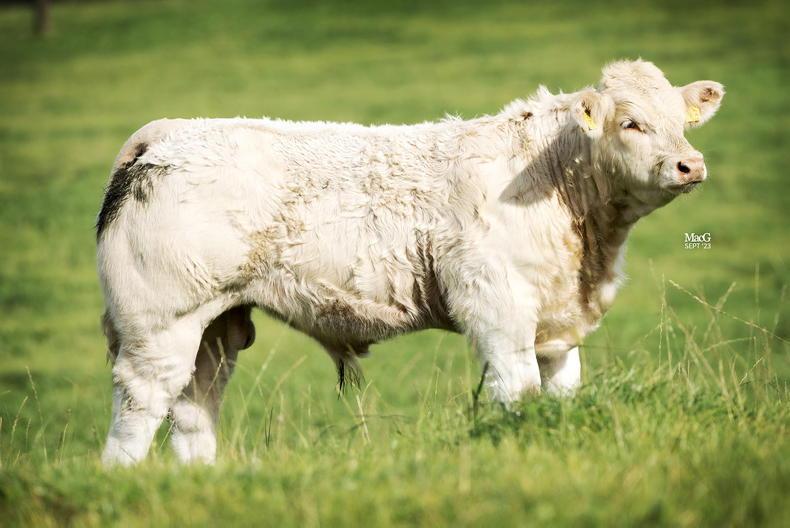Beef index changes
I have heard from some farmers where indexes have changed on their farm, and cows dropped from five star back to three star in some cases. It’s important to check your own figures at icbf.com.
There is no point in relaying a story you heard about a neighbour’s cows’ figures dropping.
The only important figure that goes up or down is on your own herd, and it’s important to make yourself aware of where you stand.
In some cases, cows might have gone down but other cows may have gone up.
For people following the replacement and terminal lists closely there has been a lot of change, with six Aberdeen Angus bulls in the top 10 replacement index bulls in the country. On the terminal list there has been less movement.
Once a cow has been genotyped four or five star in the replacement index in previous years, even though she drops, she will still be eligible in SCEP.
Where people are breeding replacements from these cows, they need to be careful as a cow’s new index will be used to calculate daughter values.
If you have any questions in relation to index changes, send them to me at beefnews@farmersjournal.ie and we will get answers to your queries
Fluke
With a few wet weeks finishing up the grazing season, farmers should be on guard for the presence of fluke on beef and sheep farms. Fluke can be a problem on some farms, reducing weight gains and animal performance.
You should remain vigilant and ask about animals’ livers when slaughtered.
The most common signs of fluke in cattle are poor thrive, loss of condition and, in very advanced stages, bottle jaw and anaemia during the chronic phase.
Triclabendazole-based doses are the only product that can kill early-immature, immature and adult liver fluke, with an effectiveness of 90-100%.
These have been widely used in cattle herds and sheep flocks, and this is one of the reasons resistance has developed.
Remember that mature fluke are over eight weeks of age, so if you are using a product that is only active against mature fluke, animals must be housed for at least eight weeks to get high efficiency.
Liver fluke control is very important in autumn/winter-calving cows, as the presence of liver fluke parasites adds to nutritional stress and has the potential to reduce animal performance and delay resumption of cycling.
Talk to your vet about a control strategy for your farm, taking into account what products you have used in the past.
Autumn Bulls
With autumn born bulls destined for under 16 month bull beef now on ad-lib feed on many farms, feed management is critical to avoid digestive upsets and acidosis. Access to fibre in the form of straw or silage is also important.
Make sure these animals have access to clean fresh water every day, as intakes can drop quickly where water becomes an issue.
At drafting, try and select a pen at a time as mixing will result in fighting and injury. Take care when loading bulls and make sure all gates are secured before loading. With less of an appetite out there for young bulls it’s important to discuss the route to market with your processor and their weight requirements.






 This is a subscriber-only article
This is a subscriber-only article










SHARING OPTIONS: